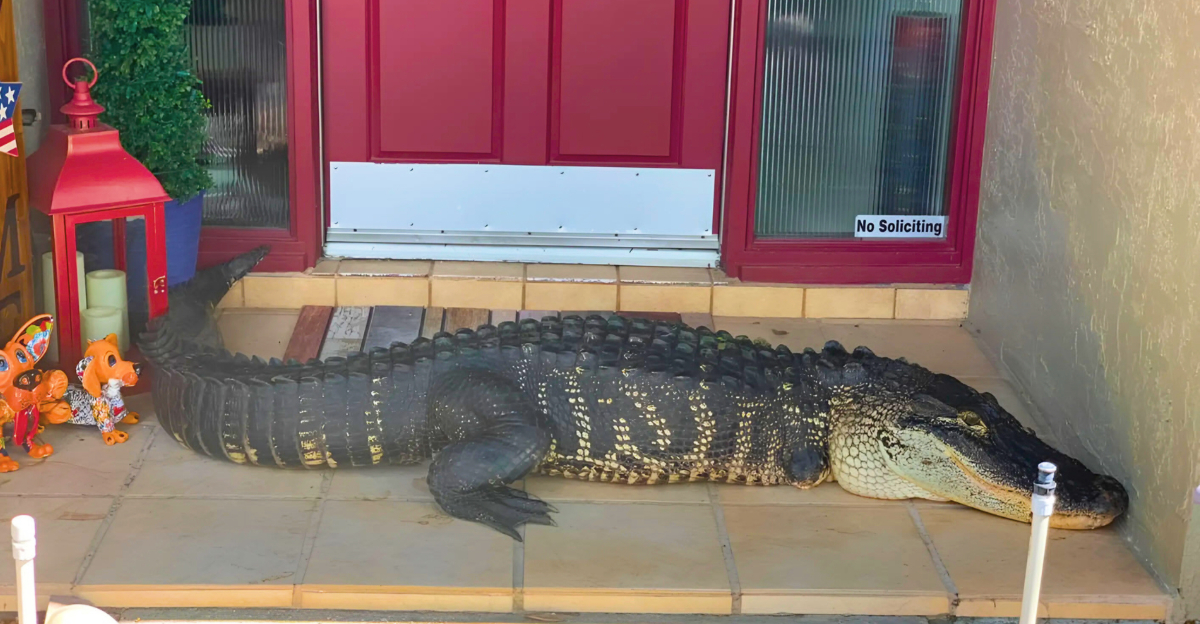
You don’t have to venture into the deep wilderness to find dangerous animals. In fact, many of them are thriving right under our noses. While most people think of bears, wolves, or mountain lions when they hear “dangerous wildlife,” the reality is that some of the most surprising (and lethal) creatures have adapted to living right next to us.
1. Coyotes
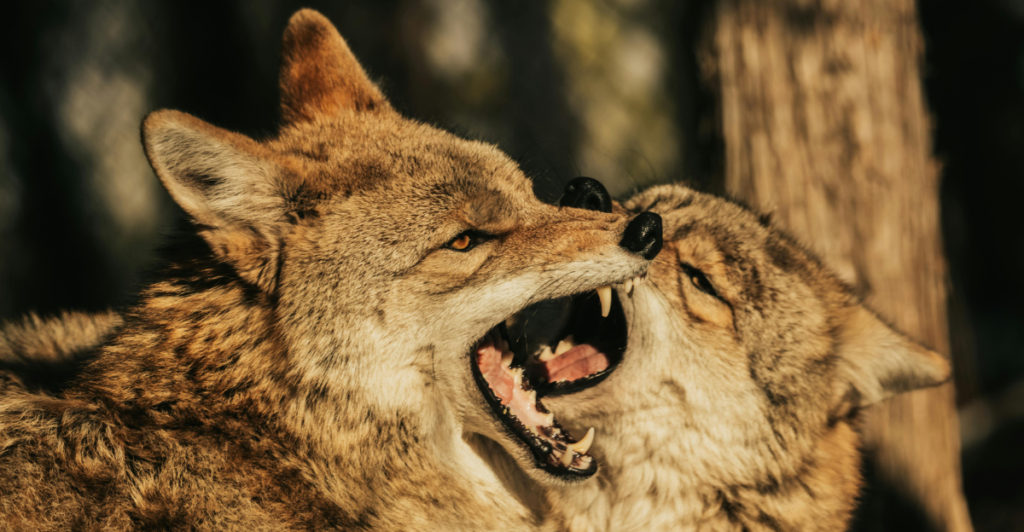
Coyotes aren’t just roaming the desert anymore, they’ve moved into suburbs and even major cities. These adaptable predators have been spotted in New York, Los Angeles, and Chicago, sneaking through backyards and even hunting in urban parks. They may look like stray dogs, but don’t be fooled—they can be aggressive, especially if they feel cornered.
2. Wild Boars
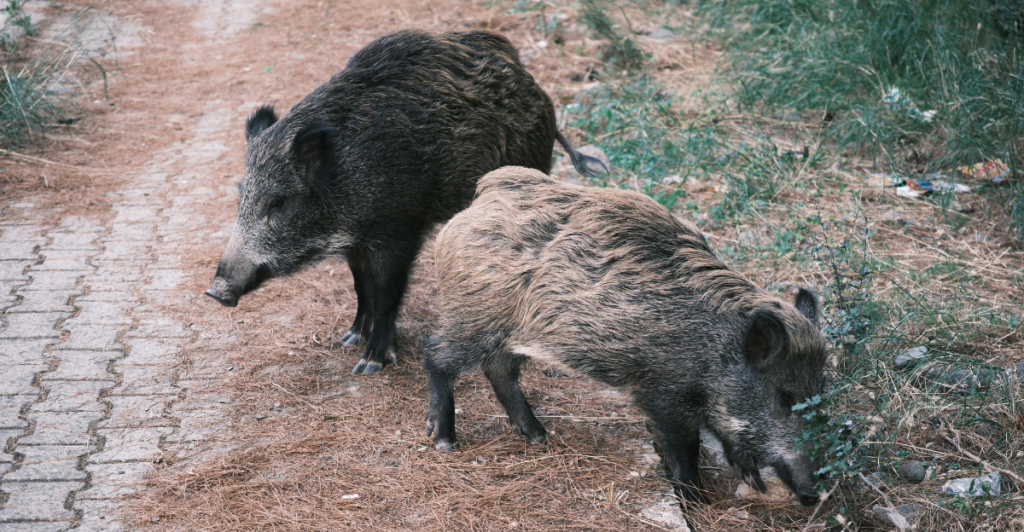
Think wild boars are just a Texas problem? Think again. These massive, aggressive, and highly intelligent creatures are spreading fast across the U.S., from Florida to California. They’re notorious for tearing up yards, attacking pets, and even charging at humans. With few natural predators and a rapid breeding rate, they’re becoming a serious problem.
3. Rattlesnakes
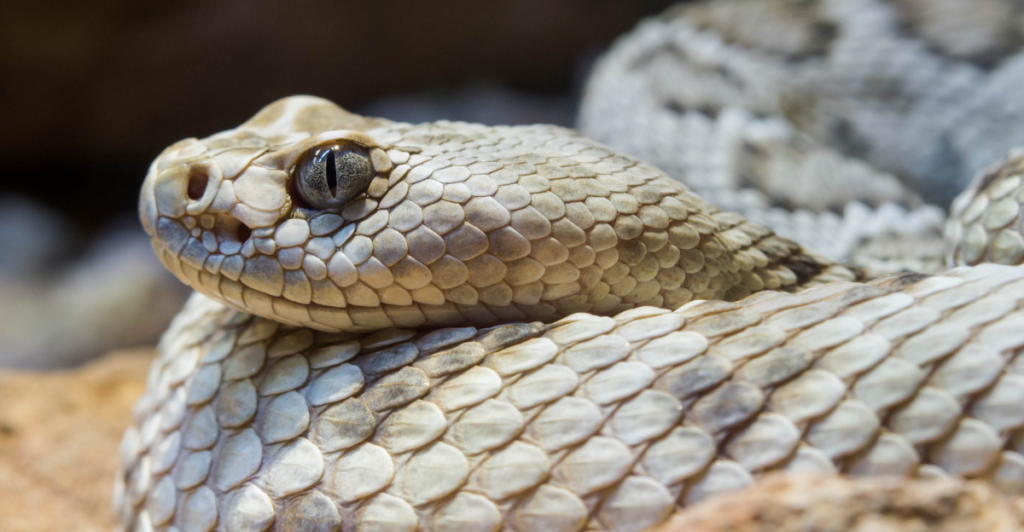
Rattlesnakes are masters of blending in, which is why so many people step on them by accident. Whether you’re hiking in Arizona or doing yard work in Georgia, you might be just inches away from a deadly bite. The worst part? Baby rattlesnakes are even more dangerous—they haven’t learned to control their venom, so when they bite, they unload everything.
4. Alligators
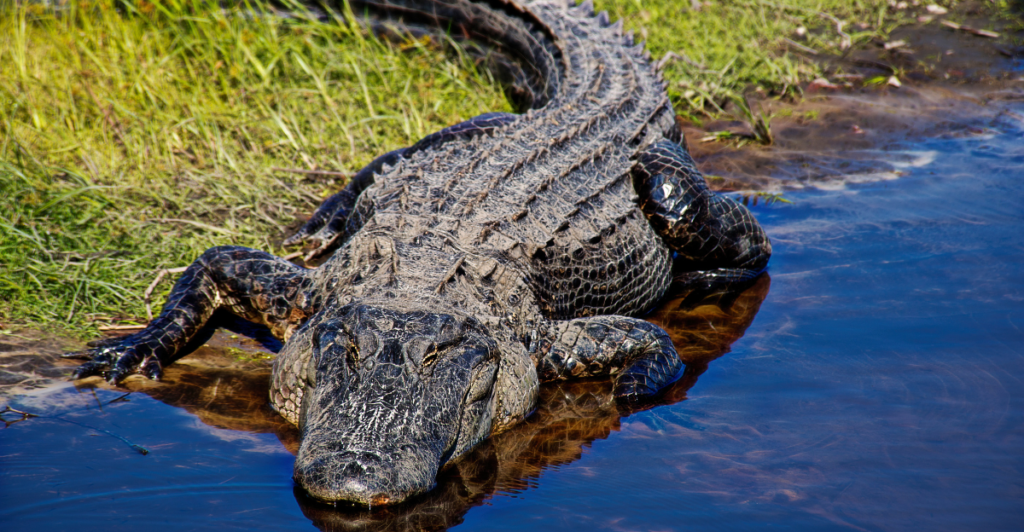
Alligators are supposed to stick to swamps and marshes, right? Nope. With warming temperatures and habitat destruction, they’re moving further north and closer to humans. They’ve been found in South Carolina golf courses, Louisiana backyards, and even Texas swimming pools. If you live in the South and hear something splashing in your pond—maybe don’t go investigate until you have backup.
5. Black Bears
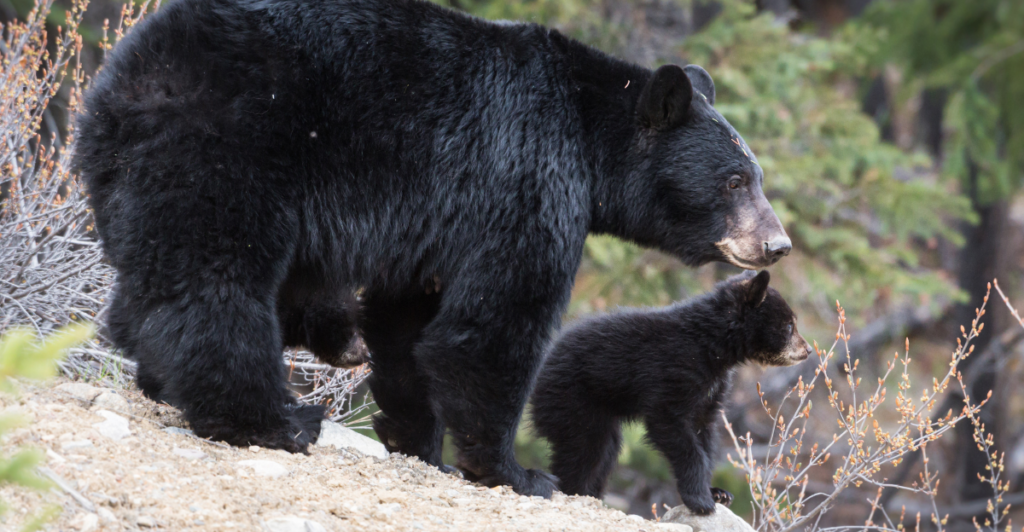
Black bears used to avoid humans, but that’s changing. Thanks to easy food sources like garbage bins, bird feeders, and outdoor pet food, they’ve become bold enough to break into garages, campsites, and even homes. States like Colorado, North Carolina, and California are seeing an uptick in bear encounters—some even casually walking through suburban neighborhoods.
6. Mountain Lions
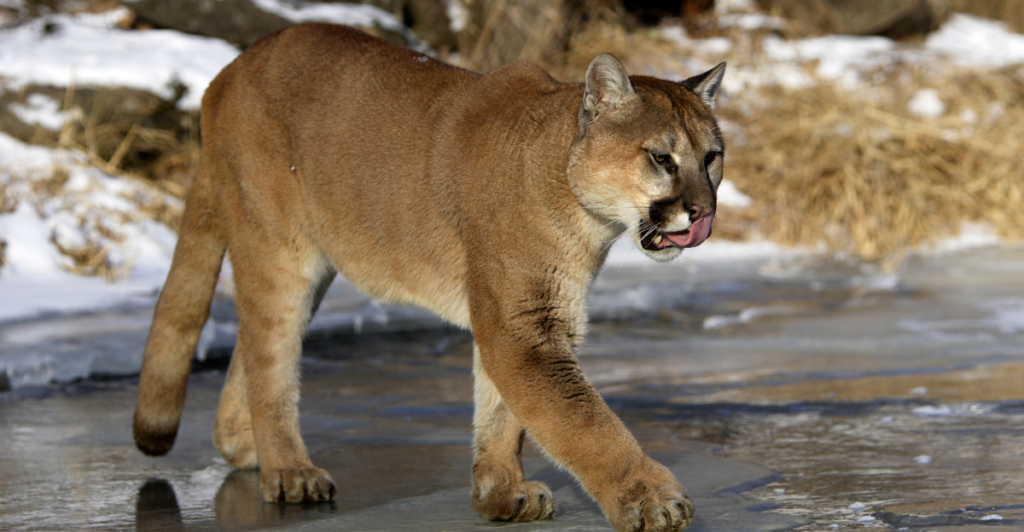
Mountain lions are stealthy, strong, and way closer to humans than most people realize. While attacks are rare, sightings near hiking trails, backyards, and even city edges are increasing. In places like Colorado, California, and Arizona, these big cats have learned how to navigate around humans without being seen—until it’s too late.
7. Cottonmouths
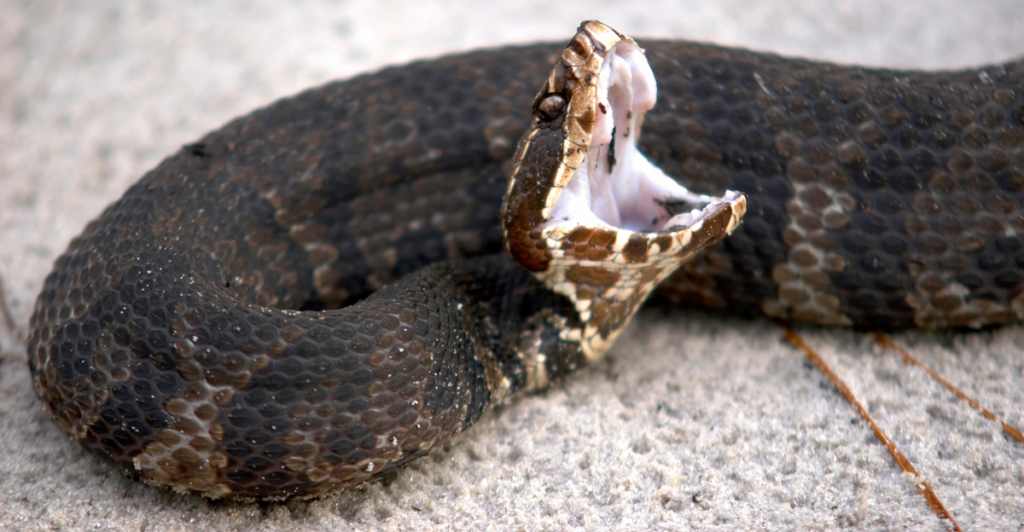
If you live near lakes, rivers, or swamps in the South, you probably know about cottonmouths, aka water moccasins. Unlike most snakes that slither away, these guys stand their ground, open their mouths wide (revealing the white inside), and strike fast. They’re highly venomous and love to hang out near fishing docks and swampy trails.
8. Great Horned Owls
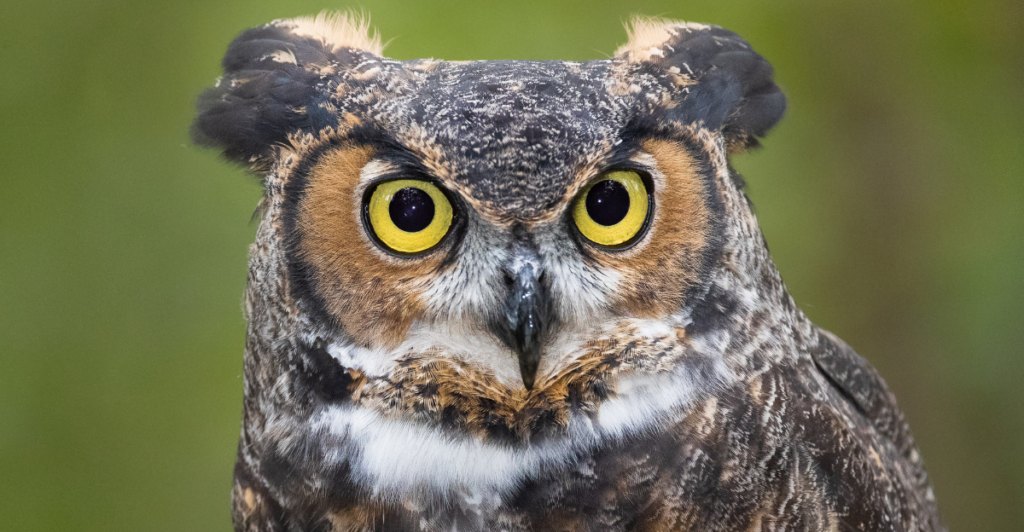
Owls may seem majestic and harmless, but great horned owls are on another level. These massive birds can take down prey larger than themselves—including cats, small dogs, and even other birds of prey. They’re found all over North America, and if you ever hear their eerie hoot at night, just remember—they can swoop down without a sound and snatch up whatever they want.
9. Fire Ants
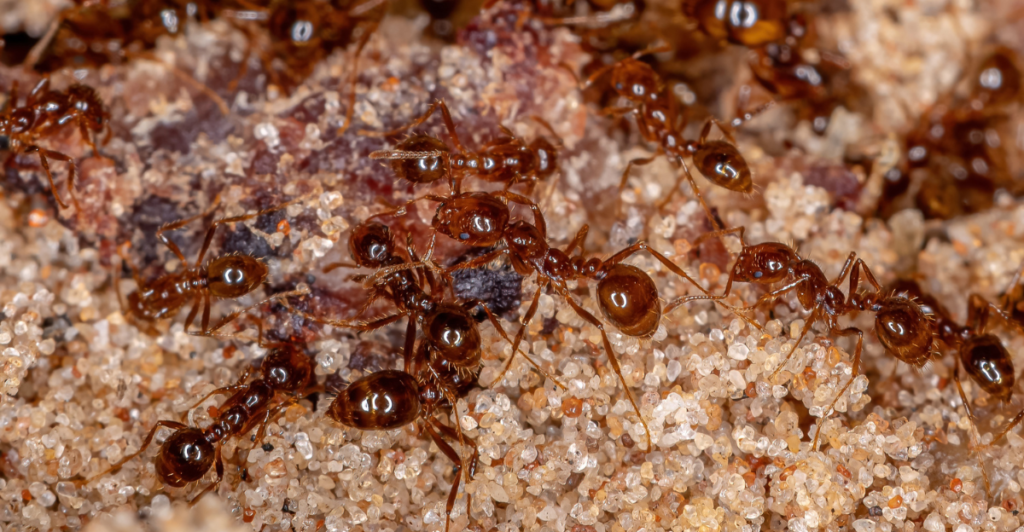
Fire ants don’t just bite—they swarm and inject venom that causes intense burning pain. If you step into a nest, hundreds can be on you in seconds. Originally from South America, they’ve spread across the Southern U.S., and their painful stings can be deadly to those who are allergic. They love lawns, sidewalks, and playgrounds, so avoiding them is easier said than done.
10. Jellyfish
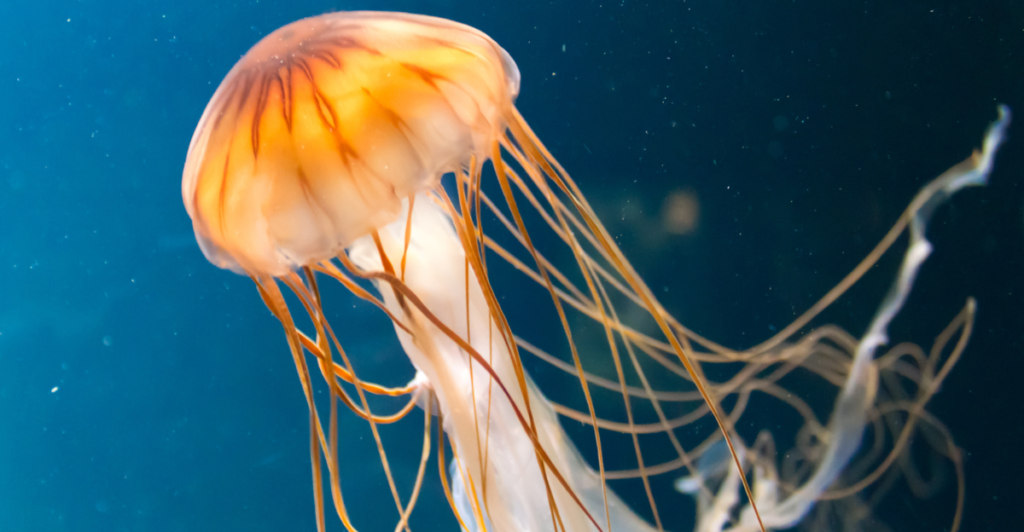
Jellyfish don’t need fangs or claws to be deadly. Their tentacles can cause excruciating pain, paralysis, and even death. Box jellyfish, found along the Gulf of Mexico and Atlantic Coast, are especially dangerous, but even common species like moon jellyfish can ruin a beach day. With warming waters, jellyfish are showing up in larger numbers in places they were rarely seen before.
Why Are These Animals Thriving Near Humans?
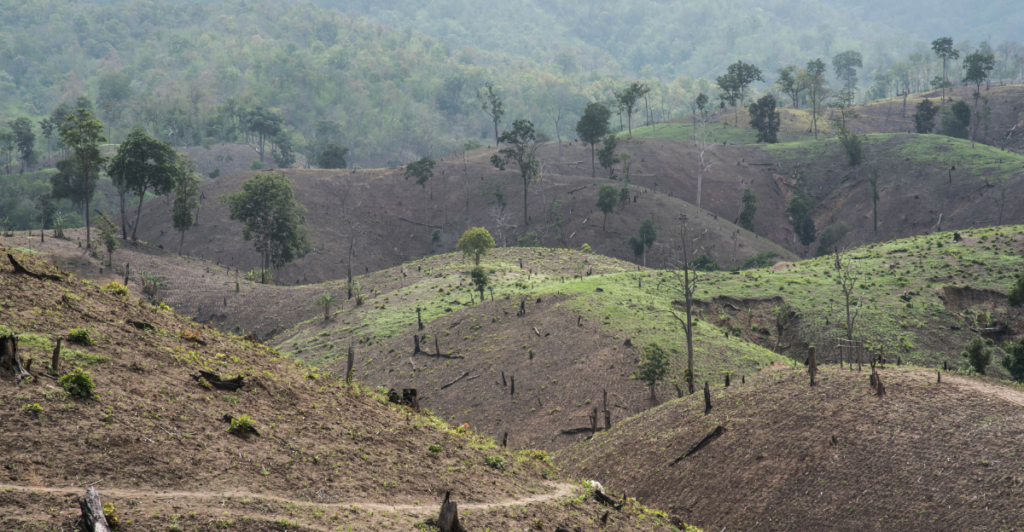
Urban expansion, deforestation, and climate change are forcing wild animals to adapt. Instead of staying in the wilderness, many have learned that human environments provide food, shelter, and fewer predators. Whether it’s a coyote prowling through suburbia or alligators showing up in unexpected places, these creatures are proving they can thrive right next to us.
What to Do If You Encounter One of These Animals
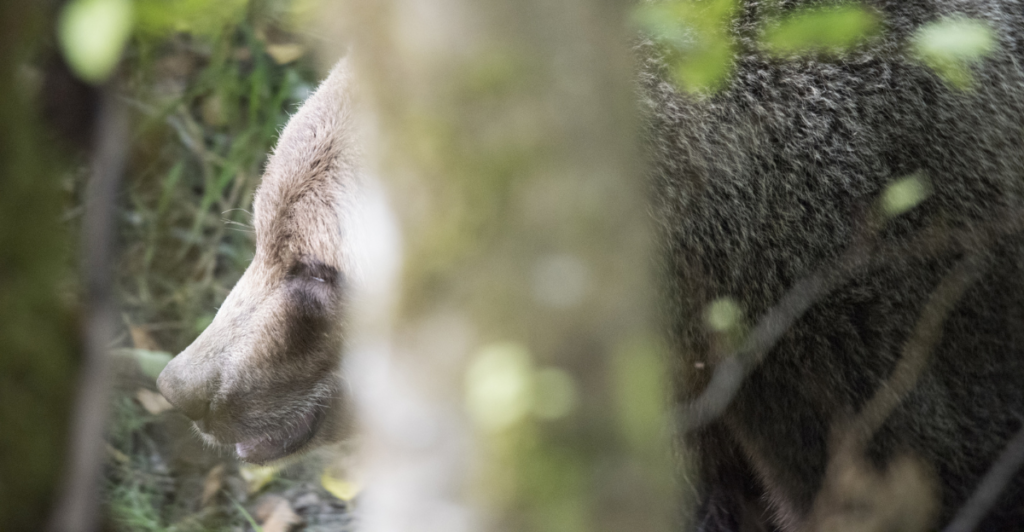
If you come across a wild animal in your neighborhood, the best thing to do is give it space. Never try to approach, feed, or scare it away. If you live in a high-risk area, secure your trash, keep pets indoors at night, and avoid leaving food outside. And if you ever lock eyes with a mountain lion or black bear? Stay calm, don’t turn your back, and make yourself look as big as possible.
They’re Closer Than You Think
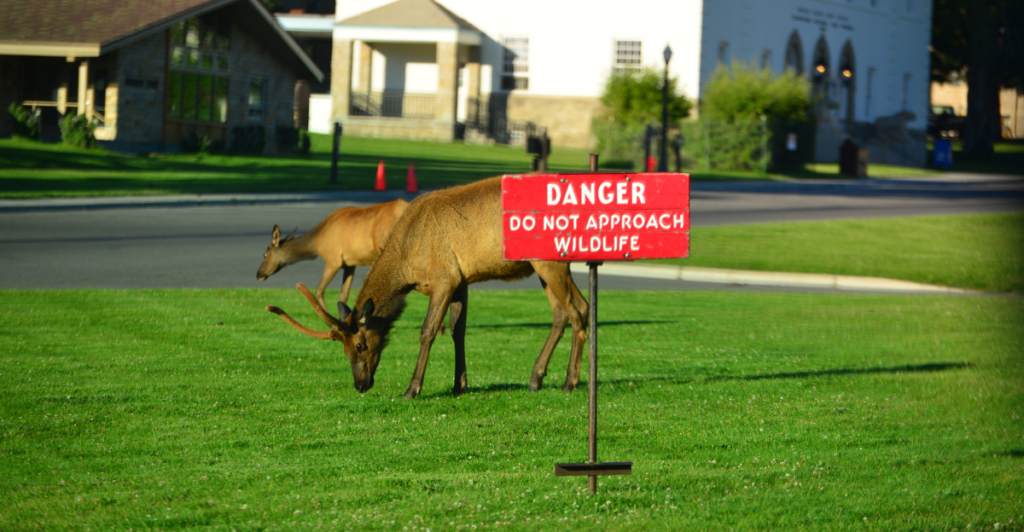
Dangerous wildlife isn’t just found deep in the wilderness—many of these creatures are quietly thriving right next to us. Whether it’s a rattlesnake in your backyard, a bear at your garbage can, or a coyote prowling through your neighborhood, knowing what’s out there can help you stay safe. Just remember—you might not see them, but they definitely see you.
Explore more of our trending stories and hit Follow to keep them coming to your feed!

Don’t miss out on more stories like this! Hit the Follow button at the top of this article to stay updated with the latest news. Share your thoughts in the comments—we’d love to hear from you!







